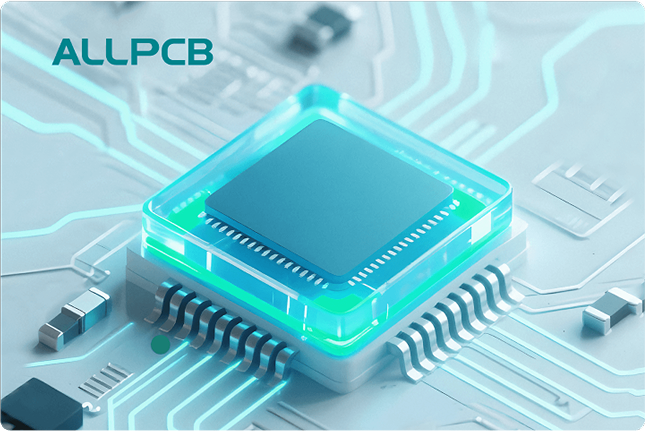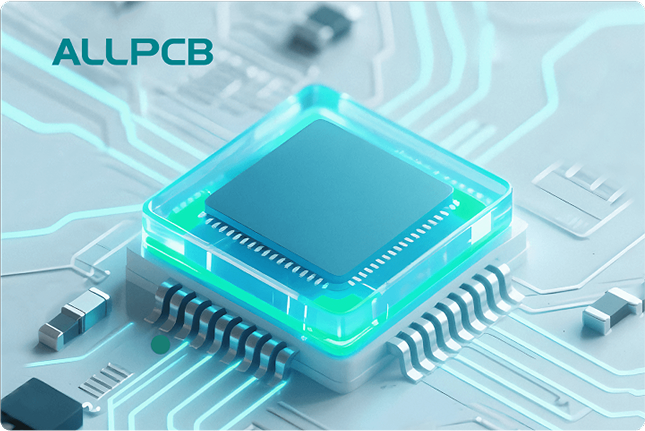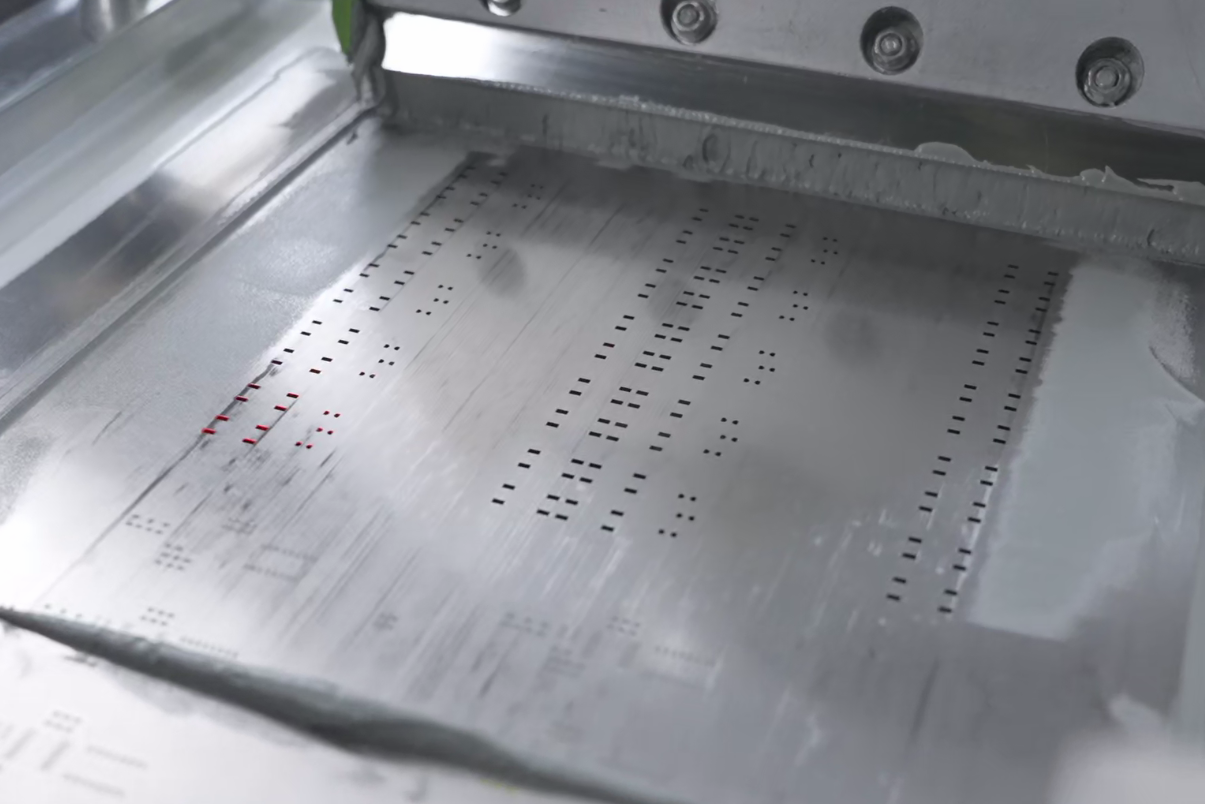Navigating the world of component sourcing for low-volume PCB projects can be a daunting task, especially for startups, hobbyists, or small-scale manufacturers. Whether you're working on a prototype or a small batch of printed circuit boards (PCBs), finding the right parts at the right price without compromising quality is crucial. In this comprehensive guide, we’ll walk you through effective strategies for component sourcing small PCB runs, tips for finding parts for low volume assembly, and a solid PCB component procurement strategy to ensure your project runs smoothly.
At its core, successful component sourcing for small runs involves balancing cost, availability, and reliability while managing the unique challenges of low-volume production. This guide will dive deep into actionable steps, practical tips, and proven methods to help you source components efficiently. Let’s get started with everything you need to know to streamline your PCB projects.
Understanding Low-Volume PCB Projects and Their Unique Challenges
Low-volume PCB projects typically involve producing anywhere from a single prototype to a few hundred units. These projects are common among startups testing new ideas, hobbyists building custom electronics, or companies creating niche products. Unlike high-volume production, where economies of scale reduce costs, low-volume runs often face higher per-unit expenses, limited component availability, and longer lead times.
One of the biggest hurdles in these projects is sourcing components. Many suppliers prioritize bulk orders, leaving small buyers struggling to find parts in the required quantities without overpaying. Additionally, ensuring compatibility and quality with a limited budget adds another layer of complexity. Overcoming these challenges requires a strategic approach to procurement, which we’ll explore in the following sections.
Key Challenges in Component Sourcing for Small PCB Runs
Before diving into solutions, it’s important to understand the specific obstacles you might face when sourcing components for small PCB runs. Here are some common challenges:
- High Costs for Small Quantities: Suppliers often charge a premium for low-order quantities because they don’t benefit from bulk discounts. For instance, a resistor that costs $0.01 per unit in a batch of 10,000 might cost $0.10 or more when ordered in a lot of 100.
- Limited Availability: Some components, especially specialized or obsolete ones, are hard to find in small quantities. Distributors may not stock them, or they may only sell in reels or trays meant for high-volume production.
- Lead Time Delays: For low-volume orders, suppliers may deprioritize your request, leading to delays that can stall your project timeline.
- Quality Assurance: Sourcing from unverified suppliers to save costs can result in counterfeit or substandard parts, risking the performance of your PCB. For example, a counterfeit capacitor might fail under a rated voltage of 25V, causing circuit malfunctions.
Understanding these challenges helps in crafting a procurement strategy that minimizes risks and maximizes efficiency. Let’s explore how to tackle these issues head-on.
Effective Strategies for Component Sourcing Small PCB Runs
Finding the right components for low-volume PCB assembly doesn’t have to be overwhelming. With a clear plan, you can streamline the process and keep costs under control. Below are proven strategies to guide your sourcing efforts.
1. Leverage Trusted Distributors for Small Quantities
Start by working with distributors that cater to low-volume needs. Many well-known electronic component distributors offer small-batch options and have extensive catalogs to choose from. Look for suppliers with no or low minimum order quantities (MOQs) to avoid overstocking parts you don’t need. Some distributors even provide cut-tape options for surface-mount components, allowing you to buy just a few pieces instead of a full reel.
Additionally, these distributors often provide datasheets, stock availability, and pricing information online, making it easier to plan your purchases. Prioritize suppliers with a reputation for reliability to avoid delays or quality issues.
2. Plan Ahead with a Bill of Materials (BOM)
A well-prepared Bill of Materials (BOM) is the foundation of any successful PCB project. Your BOM should list every component needed, including part numbers, quantities, specifications (like resistance values or capacitance in farads), and potential suppliers. By organizing this information early, you can identify components that might be hard to source and find alternatives before production begins.
For example, if your design requires a specific microcontroller with a 3.3V operating voltage and 16-bit architecture, note down multiple options from different manufacturers with similar specs. This flexibility prevents delays if one part is out of stock.
3. Use Component Substitution Wisely
In low-volume projects, you might encounter situations where a specific component isn’t available in small quantities. In such cases, look for substitutes with equivalent specifications. Check parameters like voltage ratings, current capacity, and package size to ensure compatibility. For instance, if a 10uF capacitor with a 16V rating isn’t available, a 10uF capacitor with a 25V rating might work as a replacement, provided the footprint matches.
Always consult datasheets and, if possible, test the substitute in a prototype to confirm it meets your design requirements. This approach keeps your project moving forward without compromising performance.
4. Partner with a PCB Assembly Service for Sourcing Support
Many PCB assembly providers offer component sourcing as part of their services. This can be a game-changer for low-volume projects, as these providers often have established relationships with suppliers and can secure parts at better prices. They also handle the logistics of procurement, saving you time and effort.
When choosing an assembly partner, ensure they offer transparency in sourcing, allowing you to approve components before they’re ordered. This collaboration ensures you get quality parts while benefiting from their supply chain expertise.
Tips for Finding Parts for Low Volume Assembly
Beyond general strategies, there are specific tactics to help you locate hard-to-find parts and manage costs for small runs. Here are some actionable tips tailored to finding parts for low volume assembly.
- Explore Online Marketplaces: Platforms dedicated to electronics often have sections for small-batch or surplus components. These can be a goldmine for unique or discontinued parts, though you should verify the seller’s credibility to avoid counterfeits.
- Join Electronics Communities: Online forums and groups for electronics enthusiasts often share leads on where to find components for small projects. Members might point you to lesser-known suppliers or even trade parts directly.
- Buy Slightly More Than Needed: When sourcing for small runs, order a few extra components to account for potential defects or assembly errors. For example, if you need 50 resistors, ordering 60 gives you a buffer without significantly increasing costs.
- Check for Sample Programs: Some manufacturers offer free or low-cost samples for engineers and designers. While quantities are limited, this can be a cost-effective way to source high-value components like microcontrollers or sensors for prototypes.
Crafting a PCB Component Procurement Strategy
A strong PCB component procurement strategy ties together all the elements of sourcing into a cohesive plan. This strategy should address cost, quality, and timing while aligning with your project goals. Below are the key steps to build an effective procurement framework for low-volume PCB projects.
Step 1: Define Your Budget and Priorities
Start by setting a clear budget for component costs. Determine which aspects are non-negotiable—whether it’s quality, lead time, or price—and allocate resources accordingly. For instance, if your project involves high-speed signals requiring precise impedance matching (e.g., 50 ohms for RF applications), prioritize components that meet those specs over cheaper alternatives.
Step 2: Build Relationships with Suppliers
Even for small runs, establishing a rapport with suppliers can lead to better pricing, priority service, and access to stock alerts. Communicate your needs clearly and maintain consistent contact to build trust. Over time, these relationships can help you navigate shortages or urgent requirements.
Step 3: Monitor Component Lifecycle
Pay attention to the lifecycle status of components you’re using. Parts labeled as “Not Recommended for New Designs” (NRND) or “End of Life” (EOL) may become unavailable soon. Use lifecycle management tools or supplier notifications to stay updated and plan for replacements if needed.
For example, if a specific 8-bit microcontroller is nearing EOL, start researching a pin-compatible 32-bit alternative with similar power consumption (e.g., under 50mA in active mode) to avoid redesigning your PCB later.
Step 4: Optimize for Design for Manufacturability (DFM)
Work with your design team to choose components that are widely available and easy to assemble. Avoid overly specialized parts unless absolutely necessary, as they can be expensive and hard to source in small quantities. Incorporating DFM principles early reduces sourcing headaches and speeds up assembly.
Best Practices to Avoid Common Pitfalls
Even with a solid strategy, mistakes can happen. Here are some best practices to sidestep common pitfalls in component sourcing for low-volume PCB projects.
- Double-Check Part Numbers: A simple typo or mismatch in part numbers can lead to ordering the wrong component. For instance, confusing a 1kΩ resistor with a 10kΩ one can disrupt your circuit’s performance.
- Verify Supplier Authenticity: Counterfeit components are a real risk, especially when buying from unverified sources. Stick to authorized distributors or trusted marketplaces to ensure authenticity.
- Account for Shipping Costs: Small orders often come with high shipping fees relative to the component cost. Consolidate orders when possible to minimize these expenses.
- Test Components Early: Before full assembly, test critical components like ICs or power regulators on a breadboard or prototype PCB. This helps catch issues like incorrect voltage tolerance (e.g., a regulator failing at 5V when rated for 3.3V) before they impact production.
Conclusion: Streamlining Your Low-Volume PCB Sourcing
Component sourcing for low-volume PCB projects requires careful planning, strategic partnerships, and a focus on balancing cost with quality. By leveraging trusted distributors, preparing a detailed BOM, using substitutions wisely, and building a robust PCB component procurement strategy, you can overcome the challenges of component sourcing small PCB runs and succeed in finding parts for low volume assembly.
With the tips and strategies outlined in this guide, you’re equipped to tackle sourcing challenges head-on and bring your PCB projects to life efficiently. Whether you’re a startup testing a new product or a hobbyist crafting a unique design, a thoughtful approach to procurement ensures your project stays on track and within budget. Start implementing these practices today to see smoother workflows and better results in your next low-volume PCB endeavor.
 ALLPCB
ALLPCB







